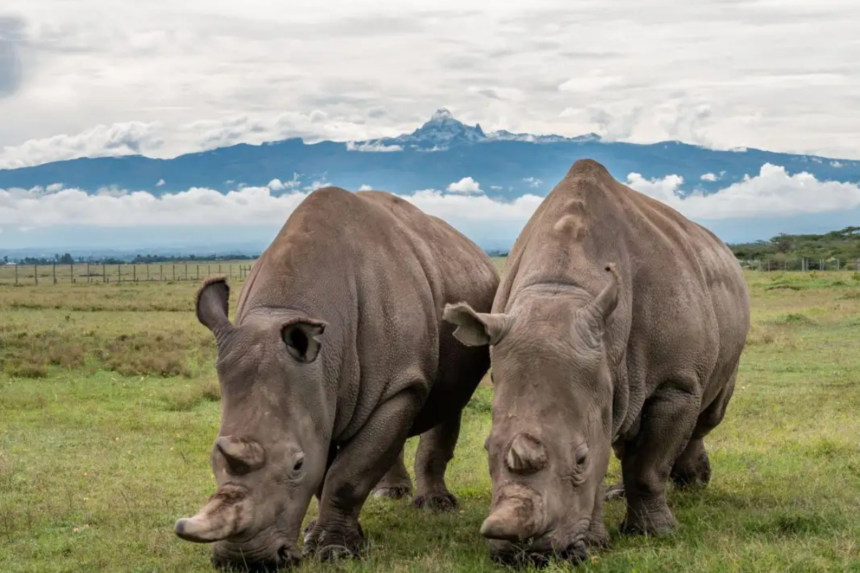Reviving Extinct Species Through Biobanking
Reviving extinct species is no longer just a dream of science fiction—it is fast becoming a tangible reality. Thanks to groundbreaking biotechnological advances, organizations like Nature’s SAFE are leading the charge in this effort. The UK-based charity, dedicated to preserving endangered species through biobanking, has successfully revived living cells from a southern white rhino that died in 2021. This remarkable feat offers renewed hope for the conservation and revival of species once thought to be lost forever (Nature’s SAFE, Times of India).

The Process of Biobanking: Preserving Life After Death
Biobanking refers to the process of collecting and preserving biological samples—such as tissues and cells—at ultra-low temperatures to keep them viable for future use. Nature’s SAFE leads this effort by operating a “living biobank” where it cryopreserves samples at -196°C. This approach enables scientists to store genetic material long-term and apply it in assisted reproductive technologies that support species conservation..conservationoptimism.org+3natures-safe.com+3natures-safe.com+3natures-safe.com+1natures-safe.com+1
Case Study: The Southern White Rhino

In 2021, a 40-year-old southern white rhino at Whipsnade Zoo passed away. Before its death, veterinarians collected tissue samples, which were then cryopreserved by Nature’s SAFE. In a remarkable achievement, scientists successfully revived millions of living cells from these samples nearly four years later . This marks a significant milestone in conservation science, demonstrating the potential of biobanking in reviving extinct species.timesofindia.indiatimes.com
The Role of Stem Cells in Species Revival
Stem cell technology plays a crucial role in the potential revival of extinct species. By reprogramming preserved skin cells into induced pluripotent stem cells (iPSCs), scientists can generate various cell types, including gametes (sperm and egg cells). This approach has been successfully demonstrated in mice and is now being explored in larger mammals, including rhinos .conservationoptimism.org+2safaripark.cz+2izw-berlin.de+2cell.com
Global Collaborations and Ethical Considerations
Nature’s SAFE collaborates with various organizations, including Chester Zoo and the University of Oxford, to advance biobanking and reproductive technologies . While the revival of extinct species offers exciting possibilities, it also raises ethical questions about de-extinction and the prioritization of conservation resources. Experts emphasize the importance of focusing on preserving existing biodiversity and using these technologies responsibly.safaripark.cz+7wired.com+7bbc.com+7

A New Frontier in Conservation
The successful revival of living cells from a deceased southern white rhino by Nature’s SAFE represents a significant advancement in conservation efforts. Biobanking and stem cell technologies offer promising tools for preserving genetic diversity and potentially reviving extinct species. As science continues to push the boundaries of what’s possible, ethical considerations and responsible application will be paramount in guiding these groundbreaking endeavors.




